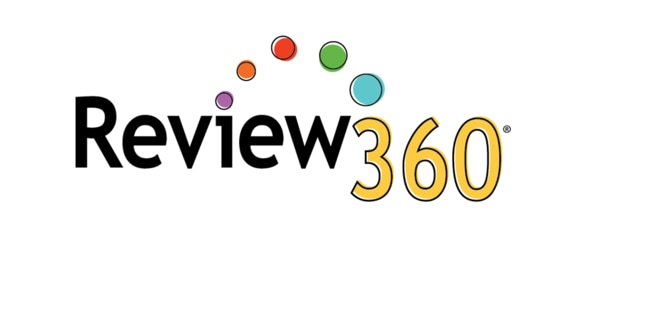Review360® is a platform that supports the implementation of a systematic MTSS process for problem-solving, data-based decision-making, and fair practice. In addition, the platform supports the further development of teachers’ professional skills and enhances communication with parents on student progress toward behavioral and social wellness.

Review360
Review360
Review360® is a platform that supports the implementation of a systematic MTSS process for problem-solving, data-based decision-making, and fair practice. In addition, the platform supports the further development of teachers’ professional skills and enhances communication with parents on student progress toward behavioral and social wellness.Choose from our formats
Test forms & reports
Booklets, record forms, answer sheets, report usages & subscriptions
15 options
Training
Onsite, virtual & on-demand trainings
10 options
All products
All tests & materials offered for Review360
25 options
